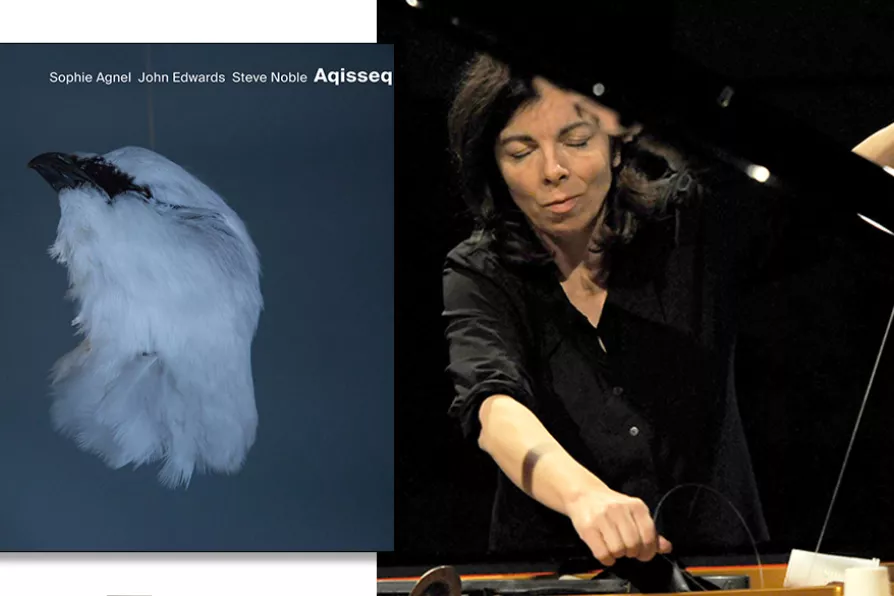PETE HIRST introduces a theatre company from Wakefield dedicated to the propagation of socialist perspectives on present British political realities

 MANY STRINGS TO HER BOW: Sophie Agnel plays the "extended" piano
[Flickr/Ugo Ponte]
MANY STRINGS TO HER BOW: Sophie Agnel plays the "extended" piano
[Flickr/Ugo Ponte]
THE extraordinary pianist Sophie Agnel plays “prepared piano,” or as she prefers to call it, “extended piano,” where the strings and innards of the instrument have equal sonic and percussive importance with the external keyboard, provoked by altering the conventional sound by placing bolts, screws, rubber erasers, plastic balls and a host of other objects over and between the strings. As she stands over the open piano frame, she becomes as a surgeon of sound.
“I was born in Paris in 1964,” she says, “the year of the Jacques Demy film, The Umbrellas of Cherbourg. My mother was a singer in the Radio France Choir. My father was also a musician, but more of an academic. He taught sound recording at L’Hidec, a famous film school. We had a piano at home and I was interested in it as soon as I could stand up — so my parents sent me for private lessons.
“At home there was a Duke Ellington record I listened to a lot, of his 1927-31 orchestra. I discovered Artie Whetsel’s trumpet and a world of incredible, fat, joyful and innovative sounds. I was about 20 when I first heard the Montreal pianist Paul Bley. I was captivated. I listened to everything he recorded and saw him live in concert when he came to Paris. It was through him that everything began for me.

Chris Searle speaks to saxophonist XHOSA COLE and US tap-dancer LIBERTY STYLES

CHRIS SEARLE wallows in an evening of high class improvised jazz, and recommends upcoming highlights in May












